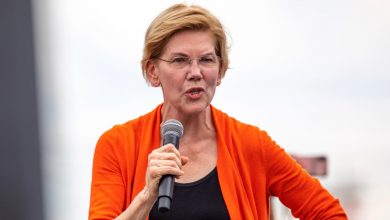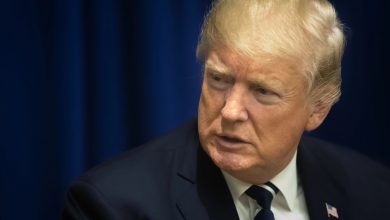Trump’s Big Beautiful Bill: $3.4 Trillion Cost—or $366 Billion In Deficit Cuts, CBO Says It Depends On The Math – Financial Freedom Countdown
President Donald Trump’s second-term legislative centerpiece, the One Big Beautiful Bill Act, is officially law; and it delivers on multiple promises. The 887-page package expands the 2017 Trump tax cuts, boosts defense and border spending, and eliminates taxes on tips and overtime. It’s being celebrated as a massive win for working Americans, small business owners, and national security.
CBO’s $3.4 Trillion Estimate Doesn’t Tell the Whole Story
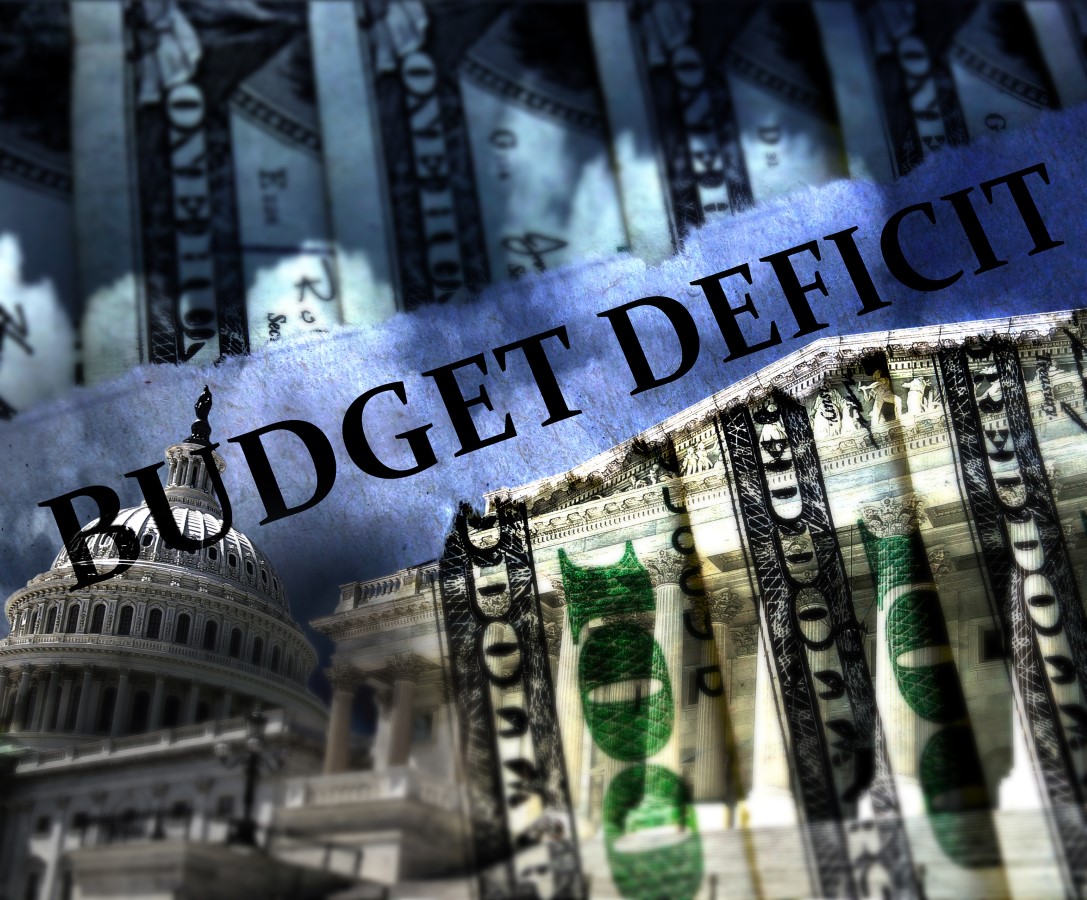
The Congressional Budget Office’s official estimate puts the bill’s cost at $3.394 trillion over the next decade.
But that number is based on “current law,” which assumes taxes were set to increase next year when Trump’s original tax cuts were scheduled to expire.
That framing makes the bill look more expensive than it really is.
A Different Baseline: Trump Tax Cuts Flip the Script
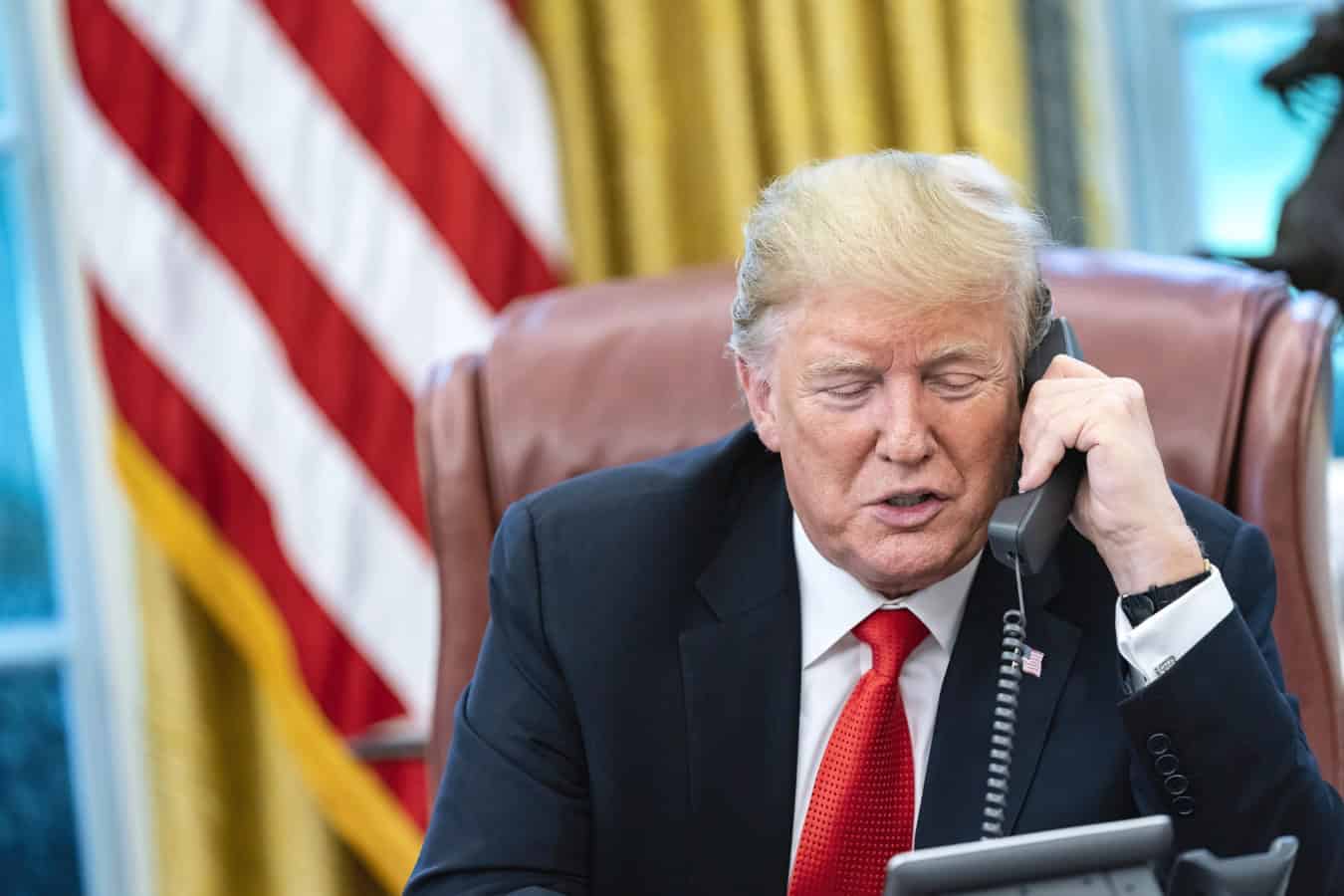
Here’s the game-changer: the CBO also scored the bill under a “current policy baseline”; a more realistic approach that assumes the 2017 Trump tax cuts were never going to expire.
Under that baseline, the bill reduces the deficit by $366 billion.
This novel accounting method recognizes what many conservatives already believe: the Trump tax cuts should be permanent, and extending them doesn’t create new debt; it just continues a policy that’s working.
That’s a far cry from the headlines.
Tax Cuts for Working Families and Small Businesses

The bill extends Trump’s landmark 2017 tax cuts, slashes taxes on tips and overtime, and includes new deductions aimed at seniors and family caregivers.
The corporate rate remains at 21%, while pass-through businesses like S-corps and LLCs continue to enjoy a 20% deduction.
Accelerated depreciation and updated accounting rules also help small businesses grow.
Major Investments in Border Security and Law Enforcement
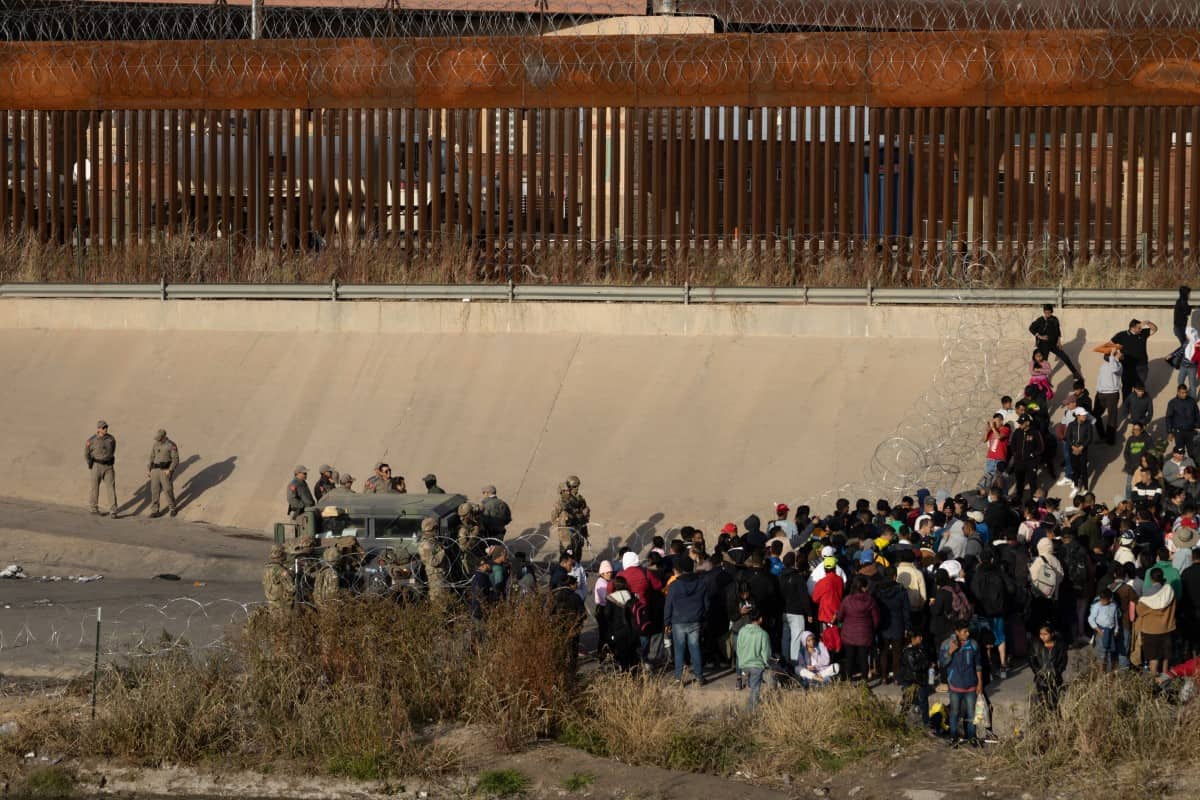
True to Trump’s campaign pledges, the bill includes $129 billion in new border security funding.
It accelerates wall construction, expands Border Patrol staffing, and boosts immigration enforcement programs aimed at stopping illegal immigration and drug trafficking.
Boosting America’s Defense and Global Standing
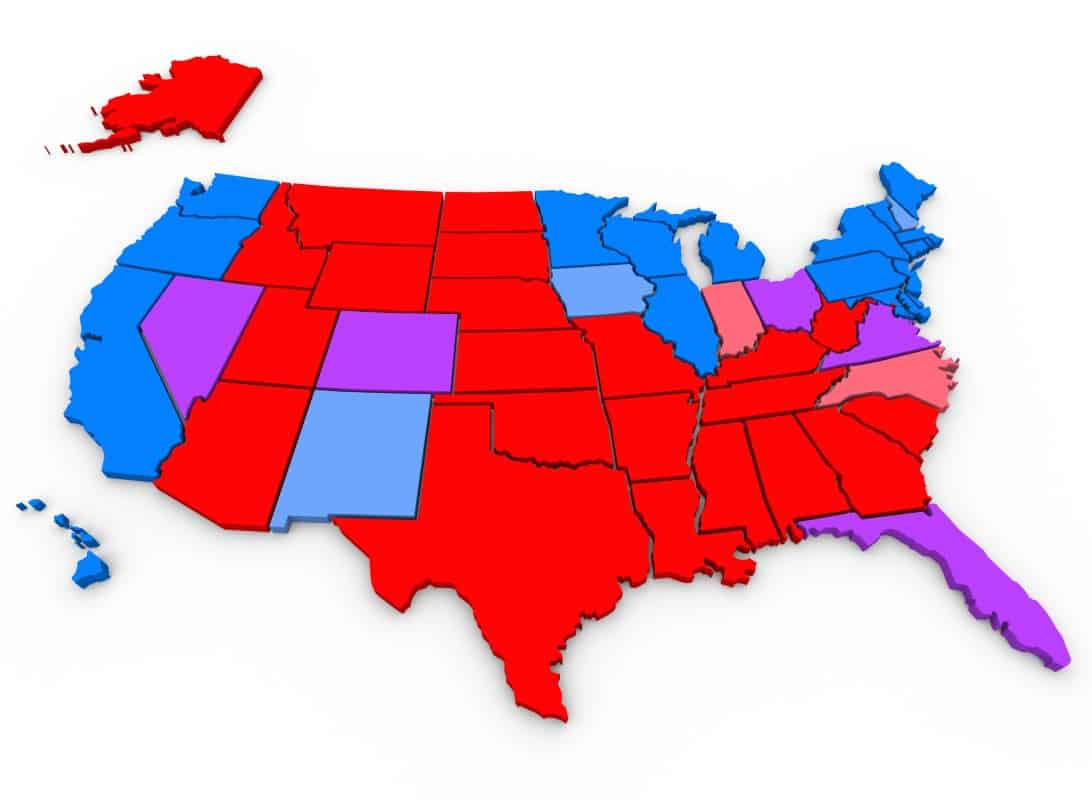
The Armed Services portion of the bill delivers a $150 billion increase in defense spending over 10 years. This investment enhances troop readiness, upgrades critical systems, and strengthens the U.S. presence abroad in line with Trump’s America First doctrine.
Cutting Waste and Refocusing Government Priorities
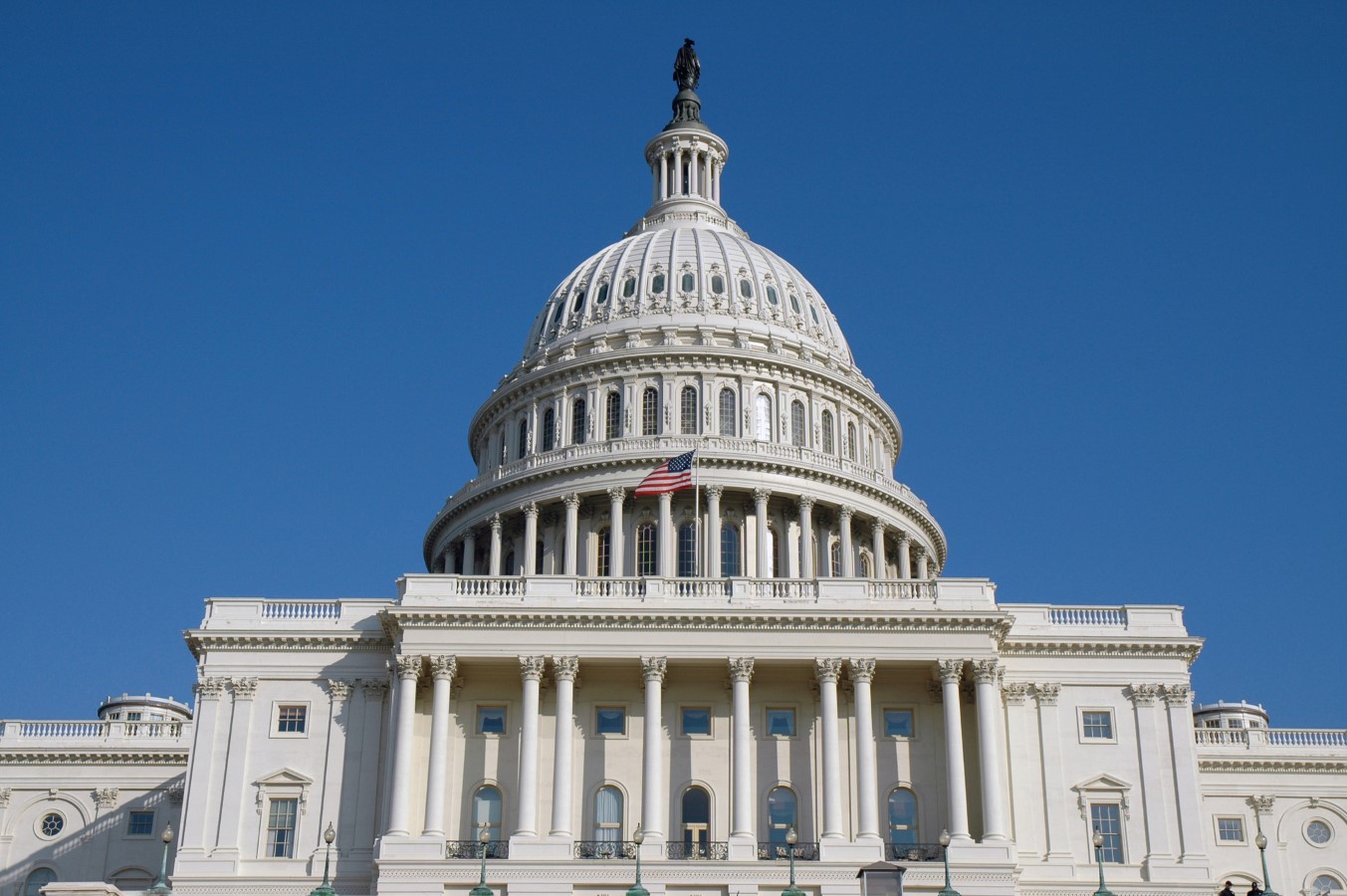
To pay for parts of the plan, the bill cuts $121 billion from the SNAP program and scales back Medicaid expansion.
While critics call these “cuts,” supporters argue it’s about restoring fiscal sanity and encouraging work over welfare.
These reforms are designed to prioritize limited resources for those most in need while incentivizing economic participation.
Democrats Cry Foul; But the Markets Tells a Different Story

Progressives are already attacking the bill as a giveaway to the rich. Early economic forecasts show potential GDP growth and wage increases, especially for blue-collar sectors.
Markets are at an all-time high reflecting the optimism in the economy.
Trump’s Council of Economic Advisers estimates the bill could reduce the deficit by up to $2.3 trillion when growth effects are included.
Republicans Claim a Political Win
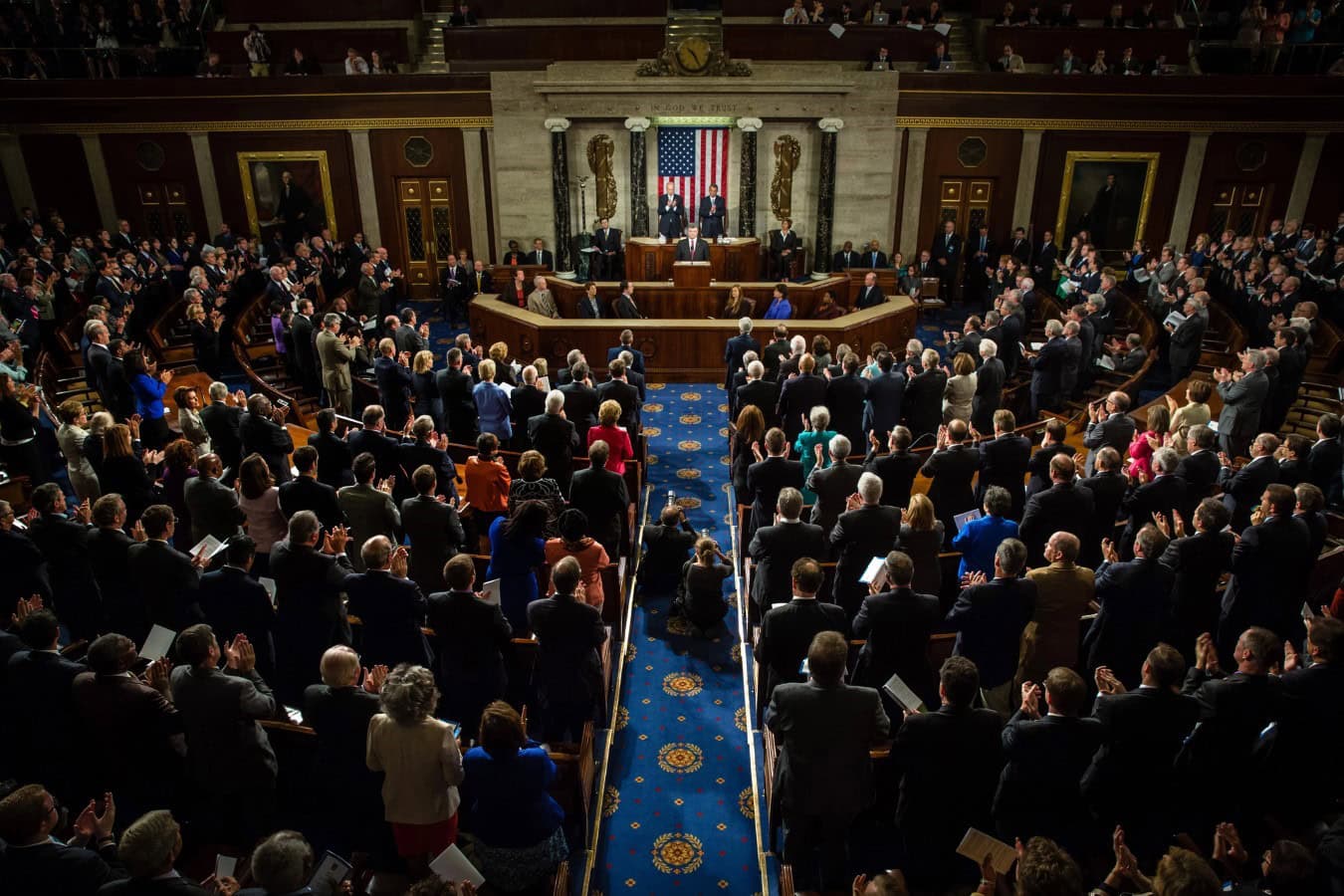
Speaker Mike Johnson and other GOP leaders say the bill will resonate with voters in 2026. “This is a bill for hardworking Americans,” Johnson said. “More money in their pockets, a secure border, and a safer America.”
“This is a bill that was written for hard working Americans, middle and lower class earners in particular, and they will feel the effects of that in the economy, and they’ll have higher wages and more opportunity and more economic growth, and that’s a major factor in a midterm election. And the border will be secure. We’ll have American energy dominance going again,” Johnson said.

John Dealbreuin came from a third world country to the US with only $1,000 not knowing anyone; guided by an immigrant dream. In 12 years, he achieved his retirement number.
He started Financial Freedom Countdown to help everyone think differently about their financial challenges and live their best lives. John resides in the San Francisco Bay Area enjoying nature trails and weight training.
Here are his recommended tools
Personal Capital: This is a free tool John uses to track his net worth on a regular basis and as a retirement planner. It also alerts him wrt hidden fees and has a budget tracker included.
Platforms like Yieldstreet provide investment options in art, legal, real estate, structured notes, venture capital, etc. They also have fixed-income portfolios spread across multiple asset classes with a single investment with low minimums of $10,000.
